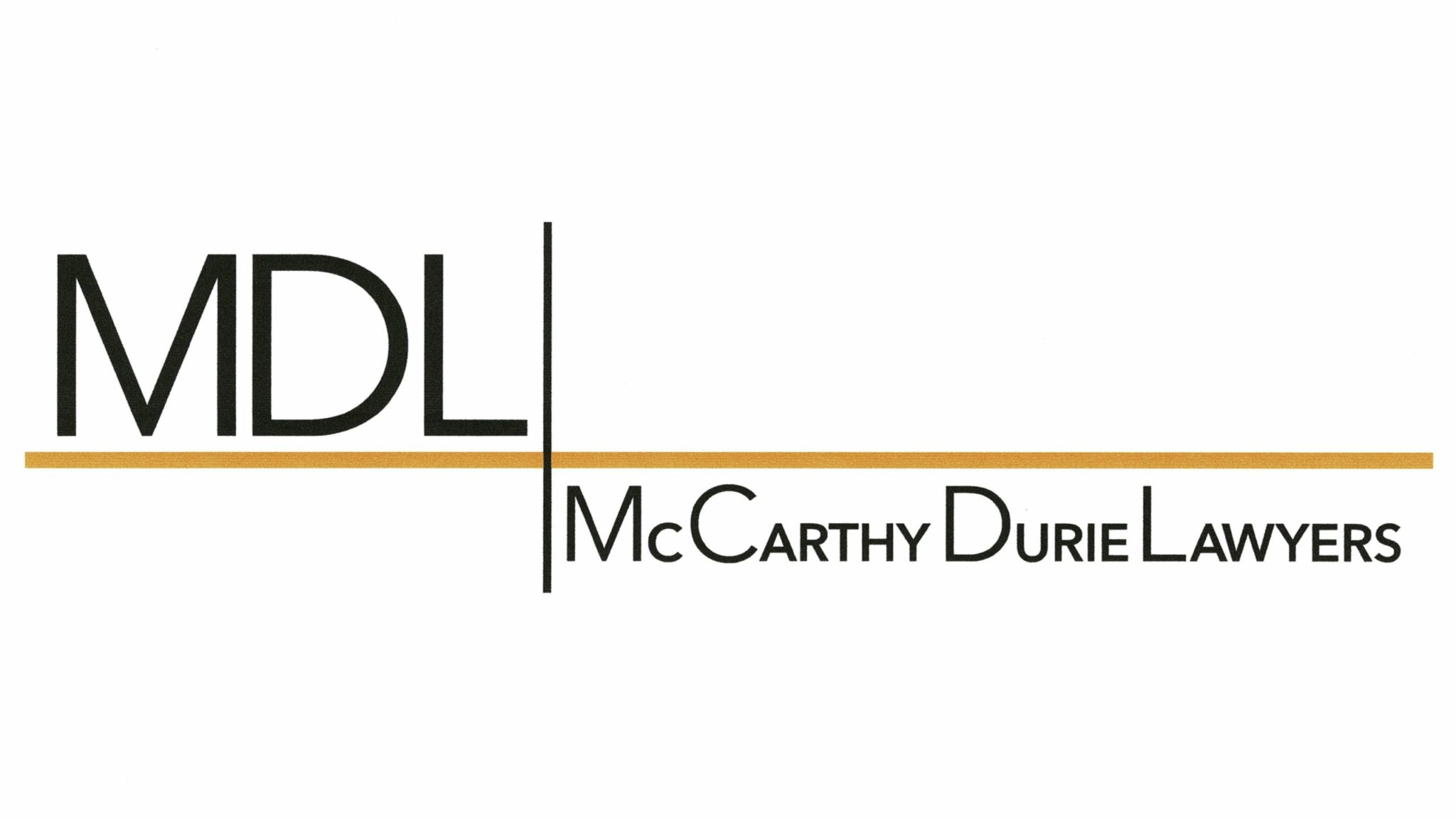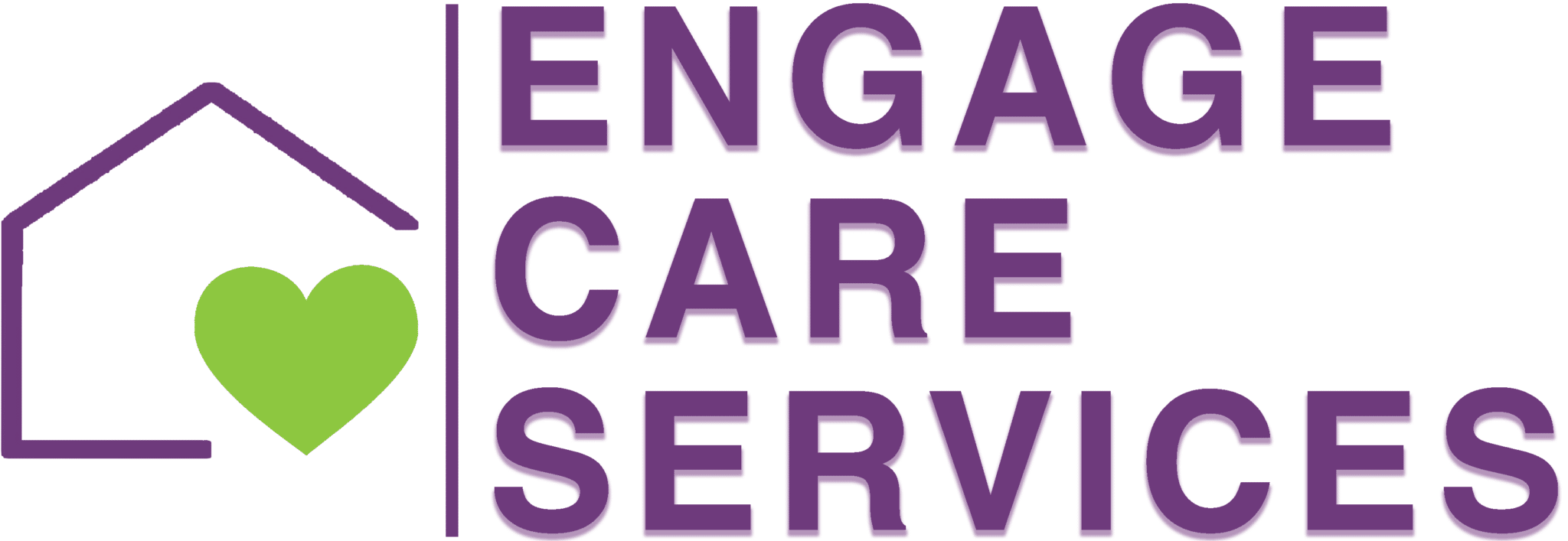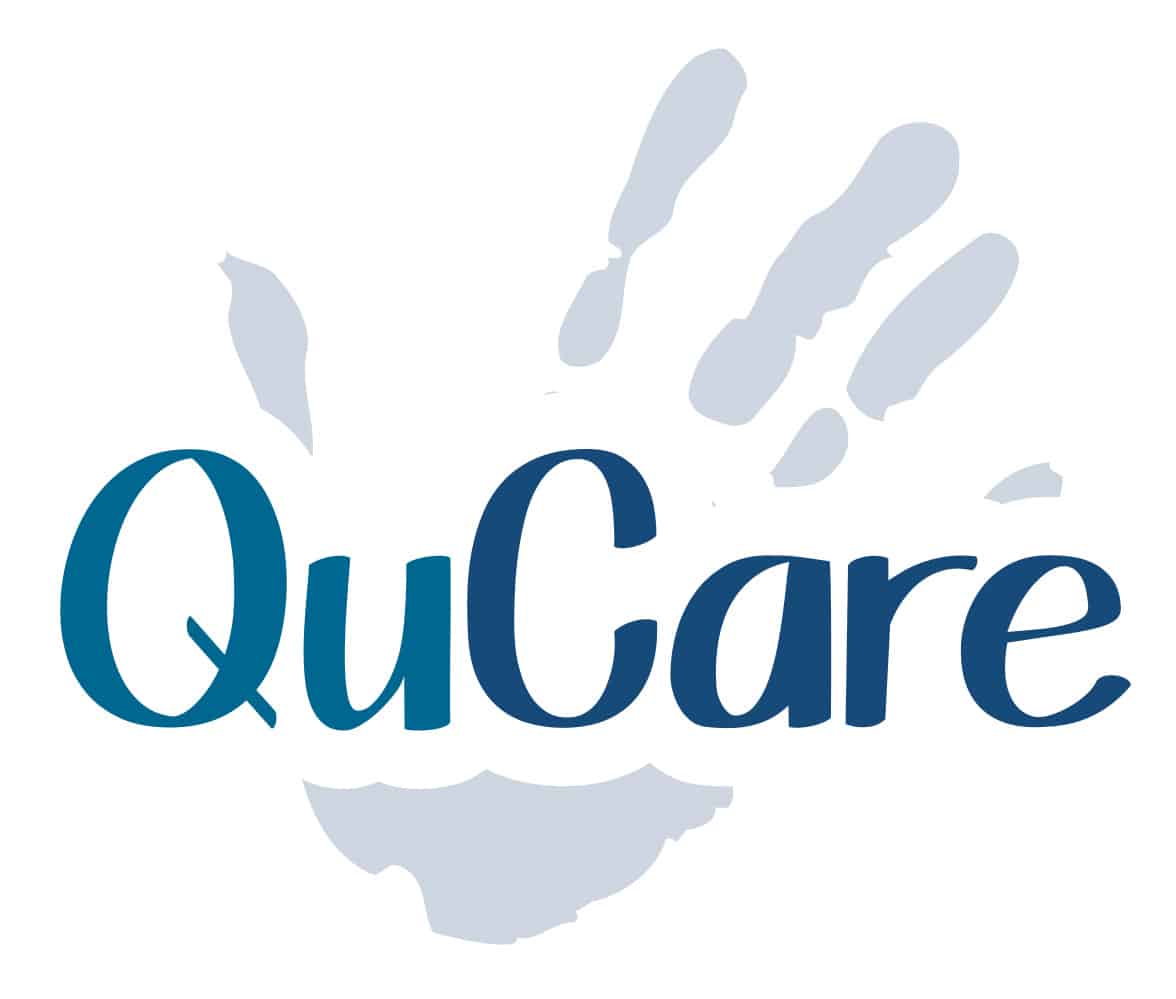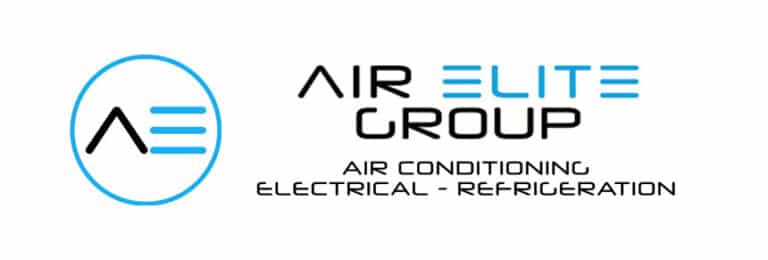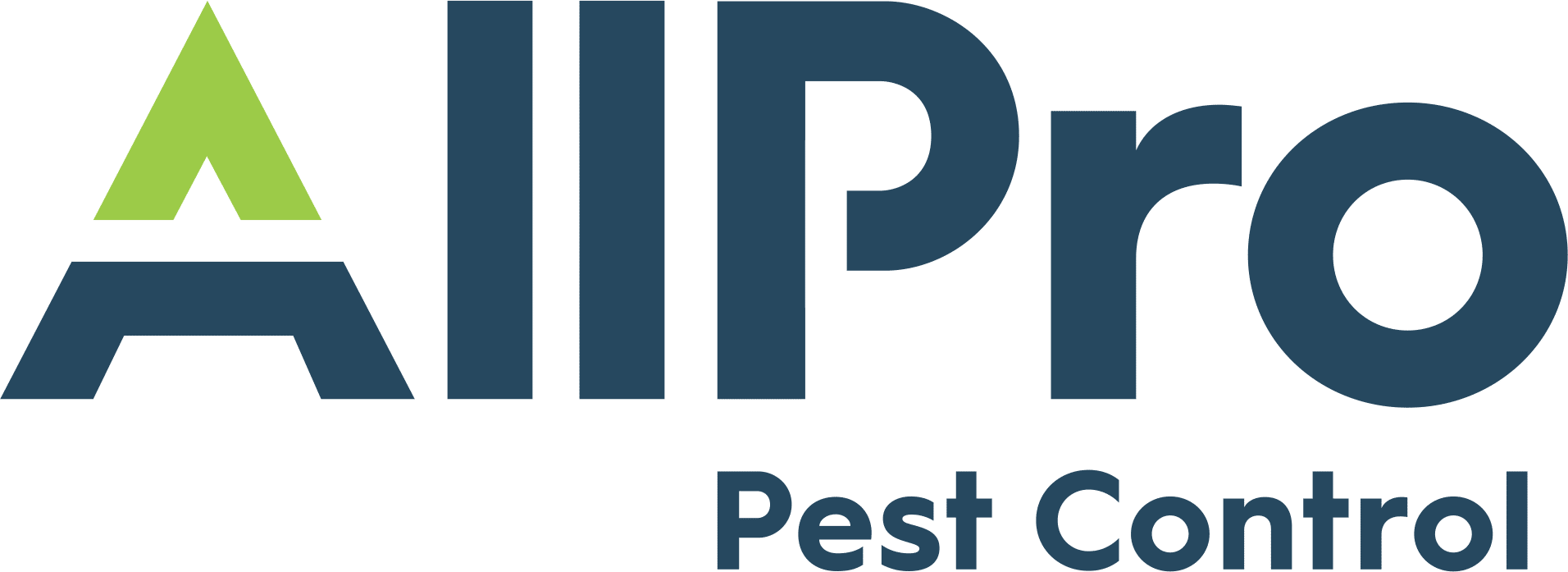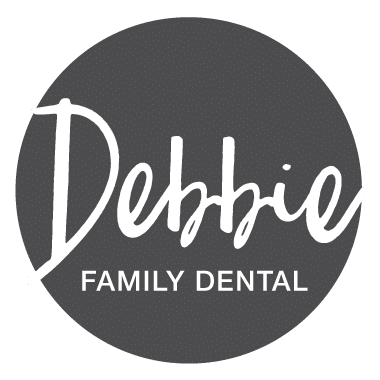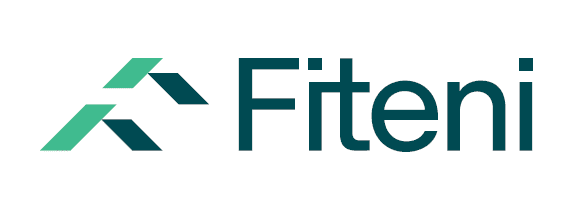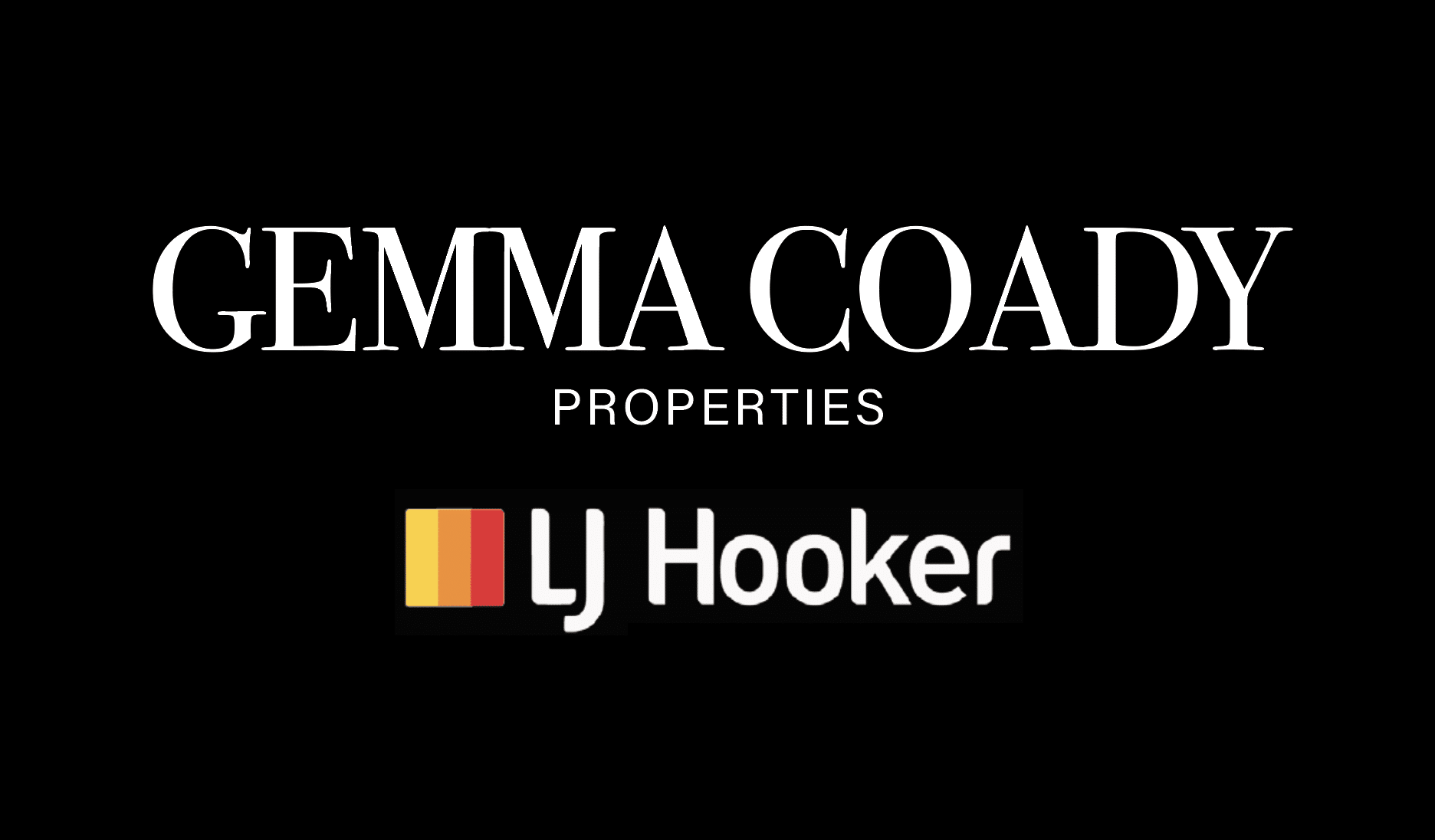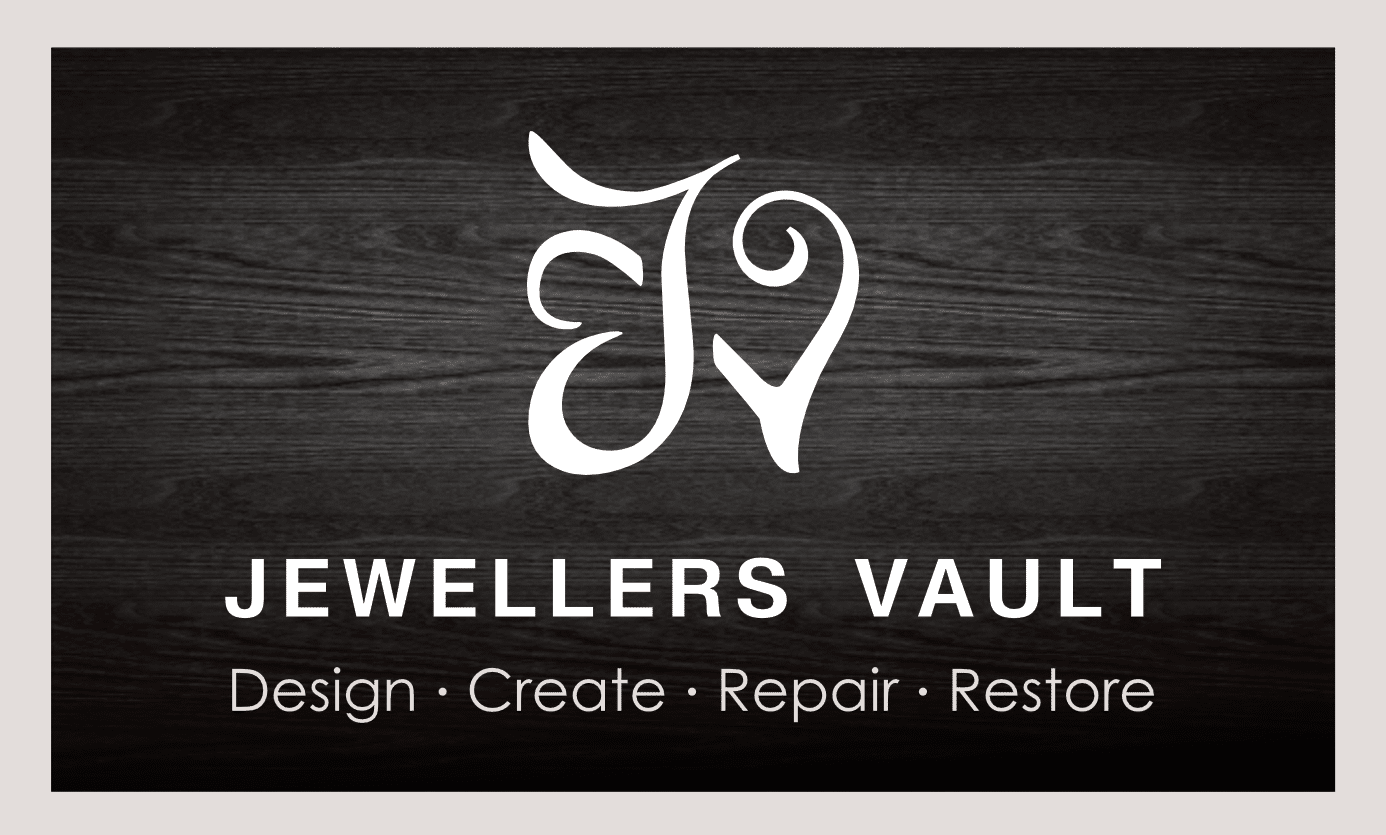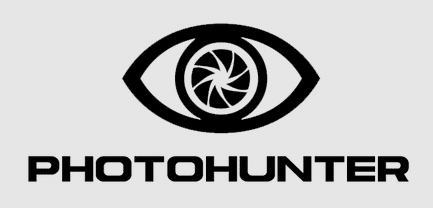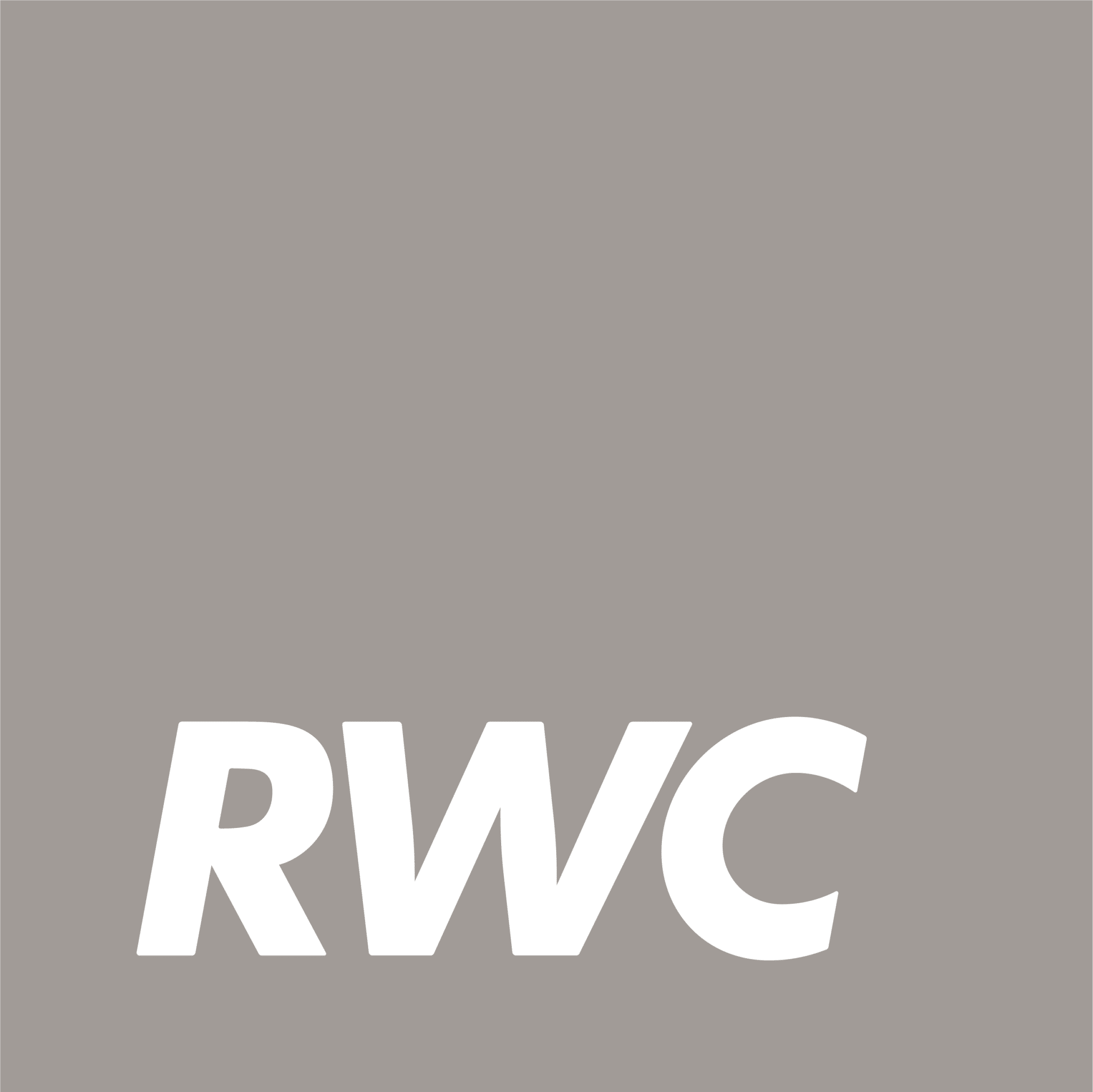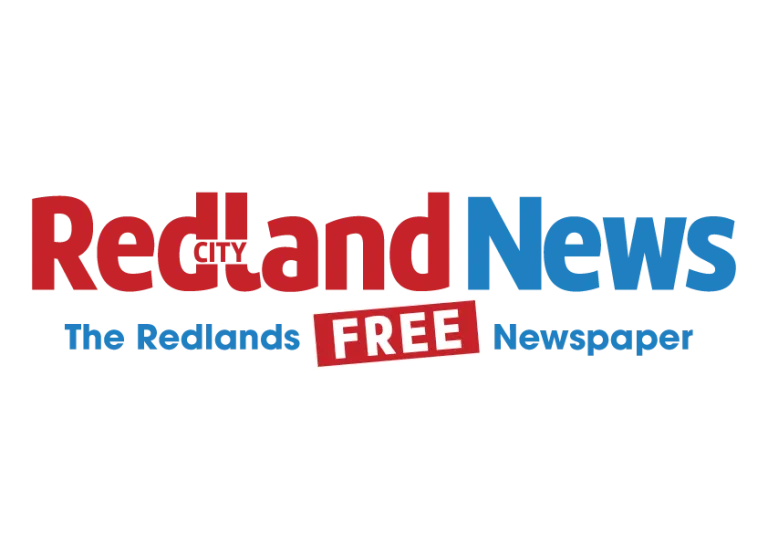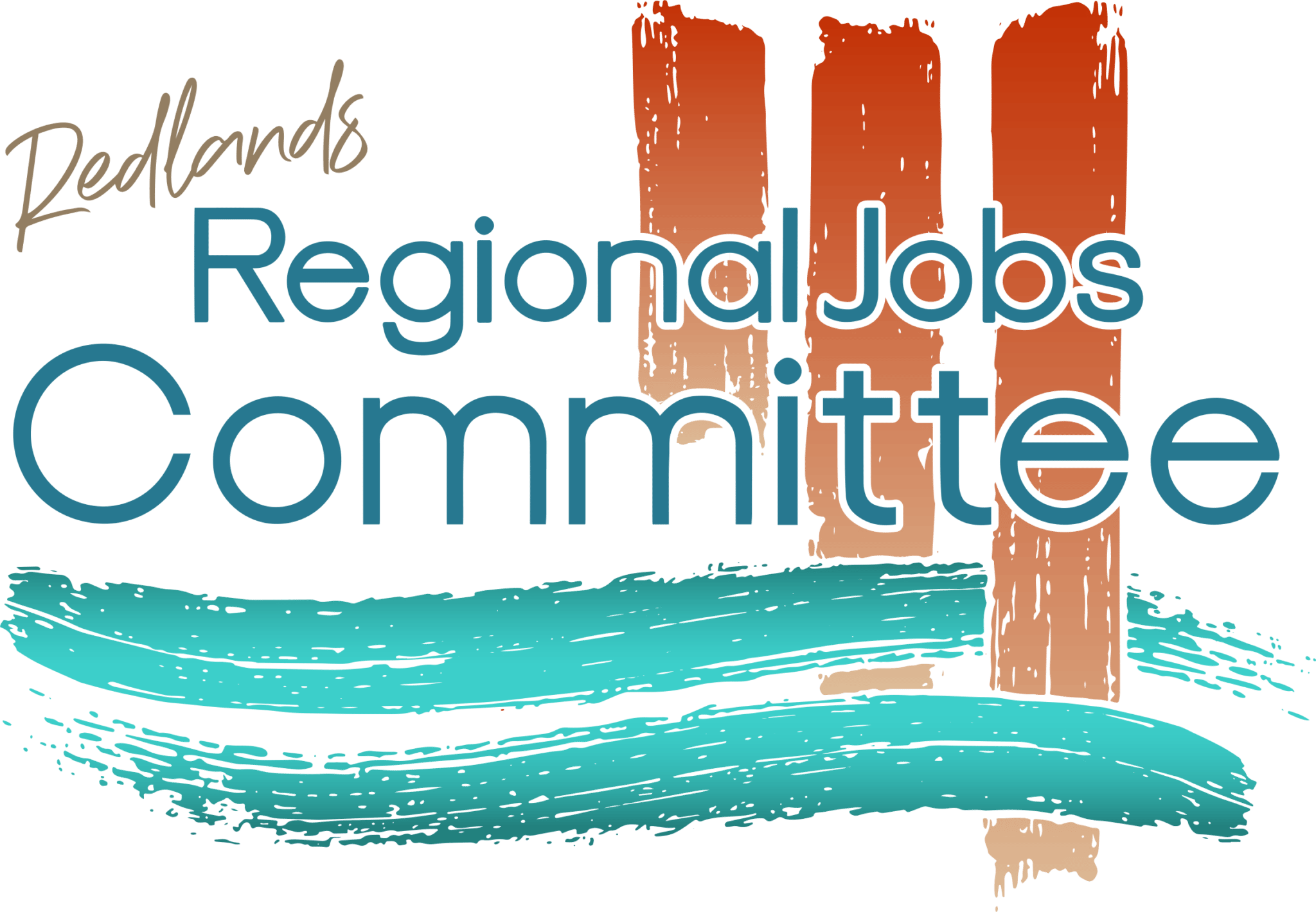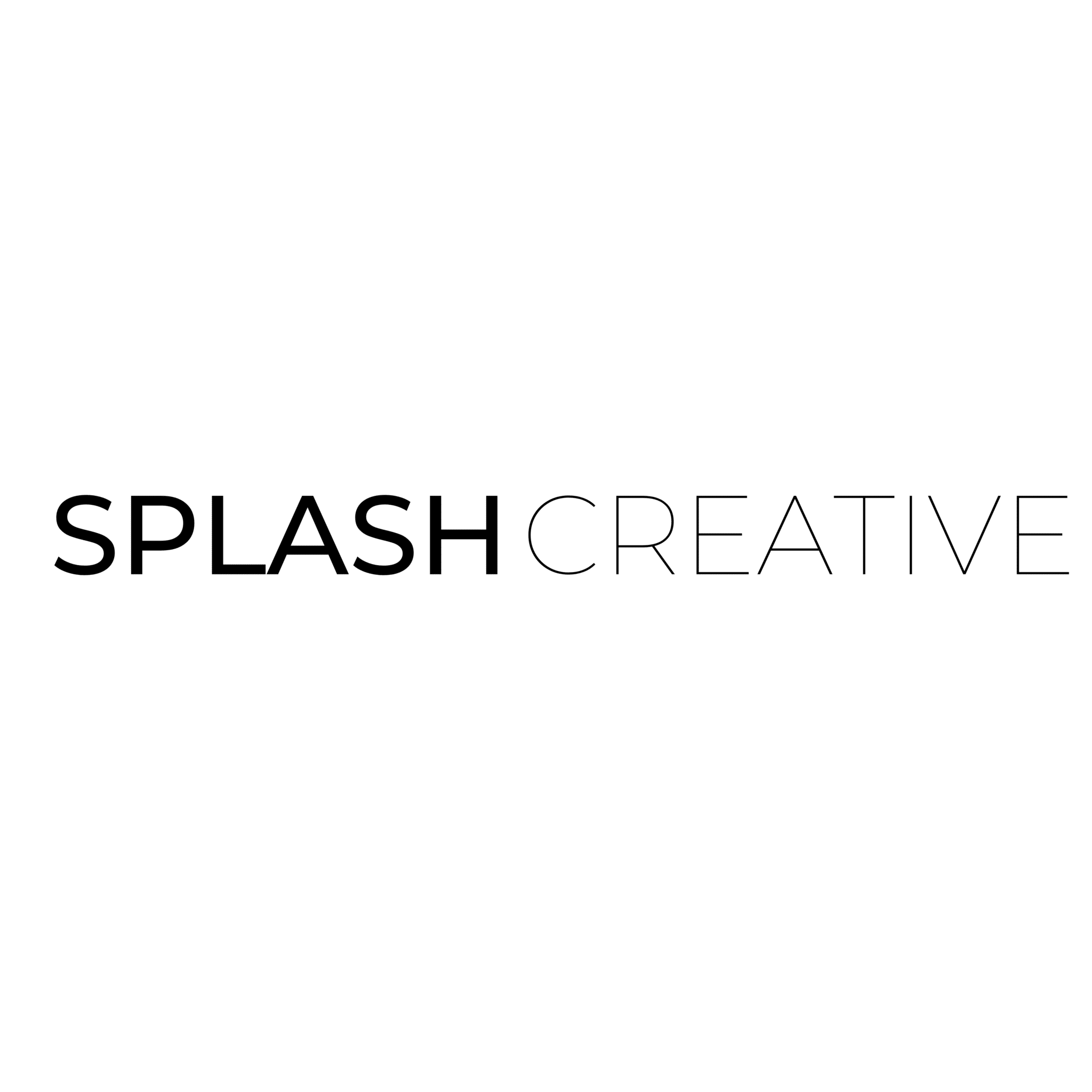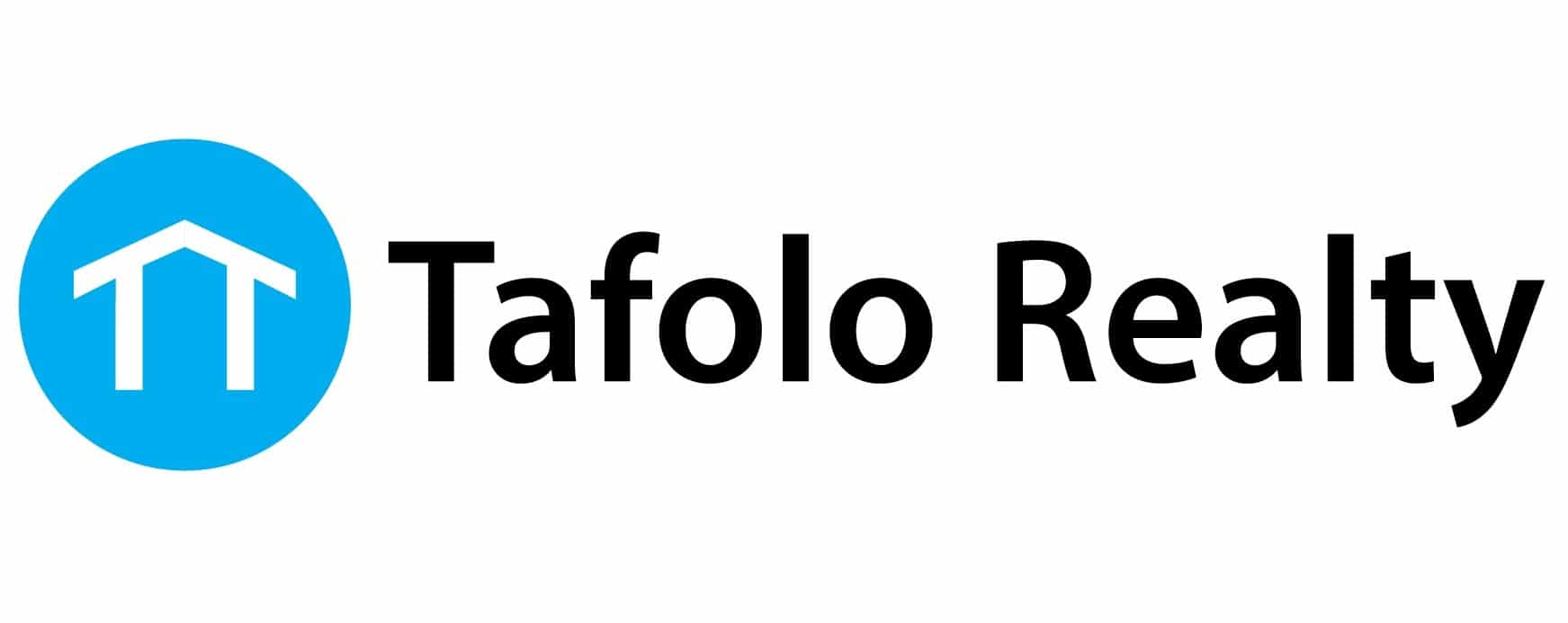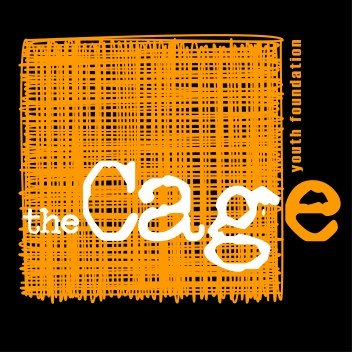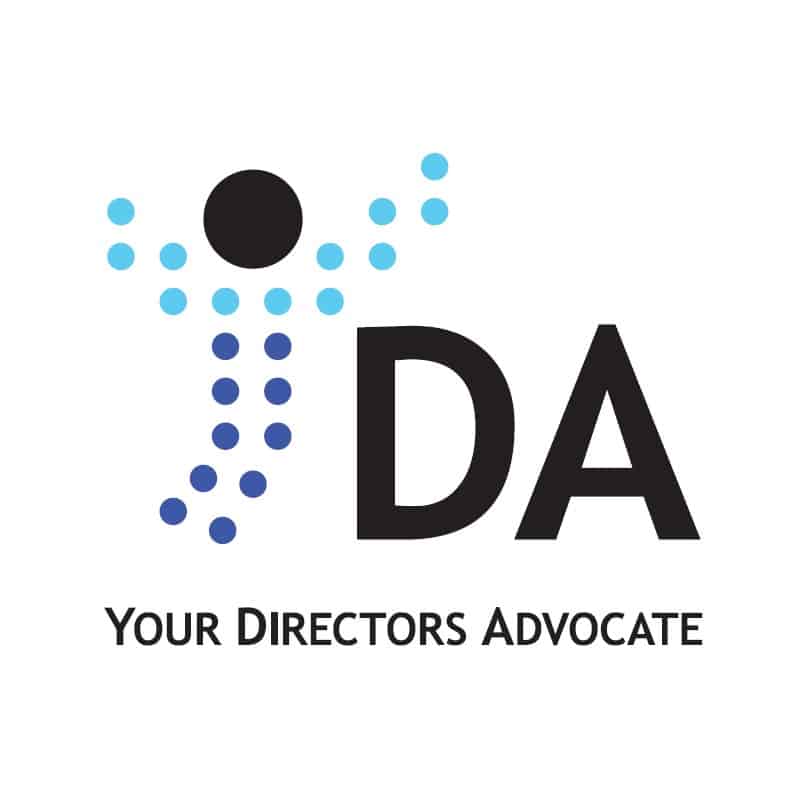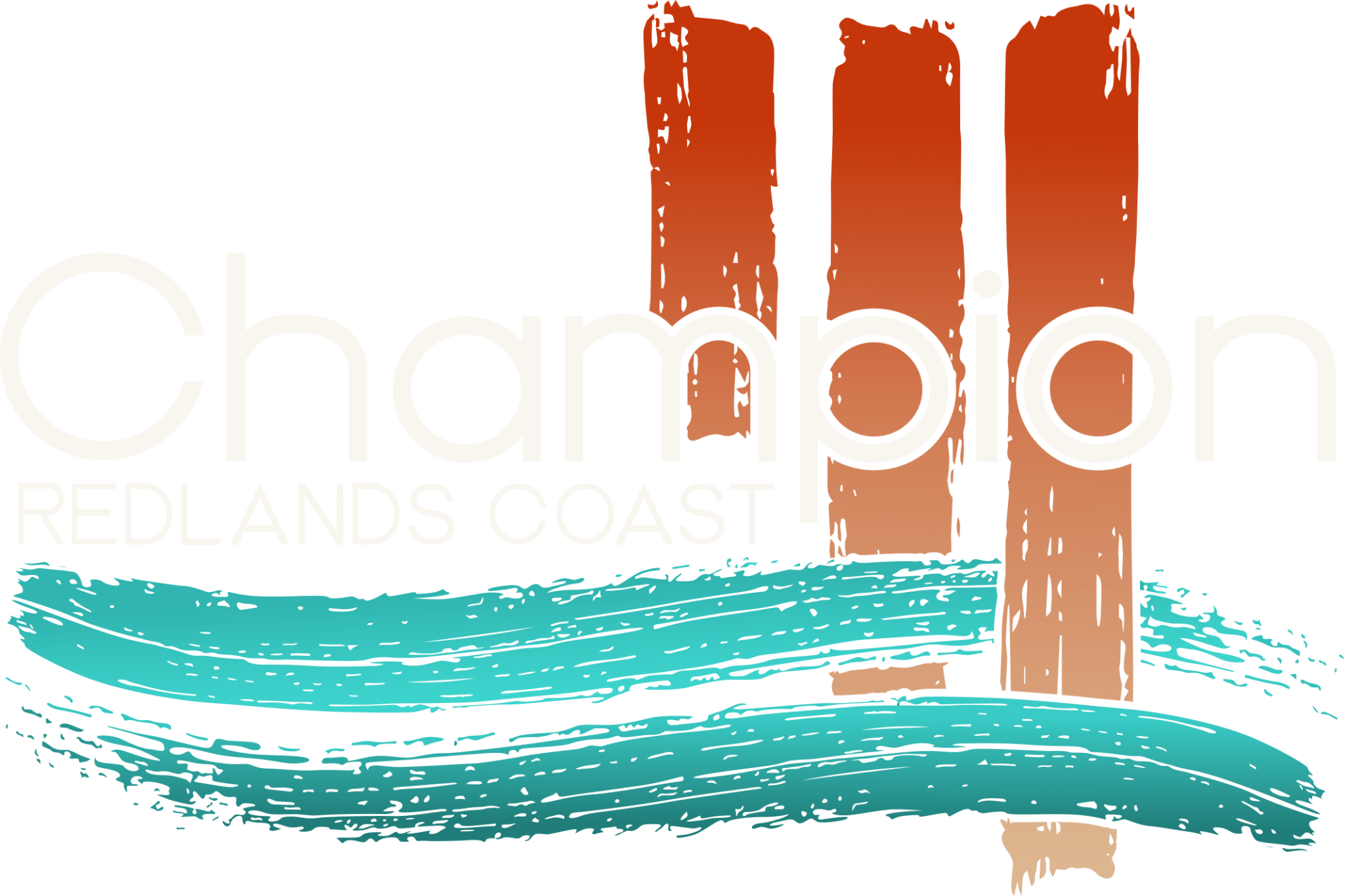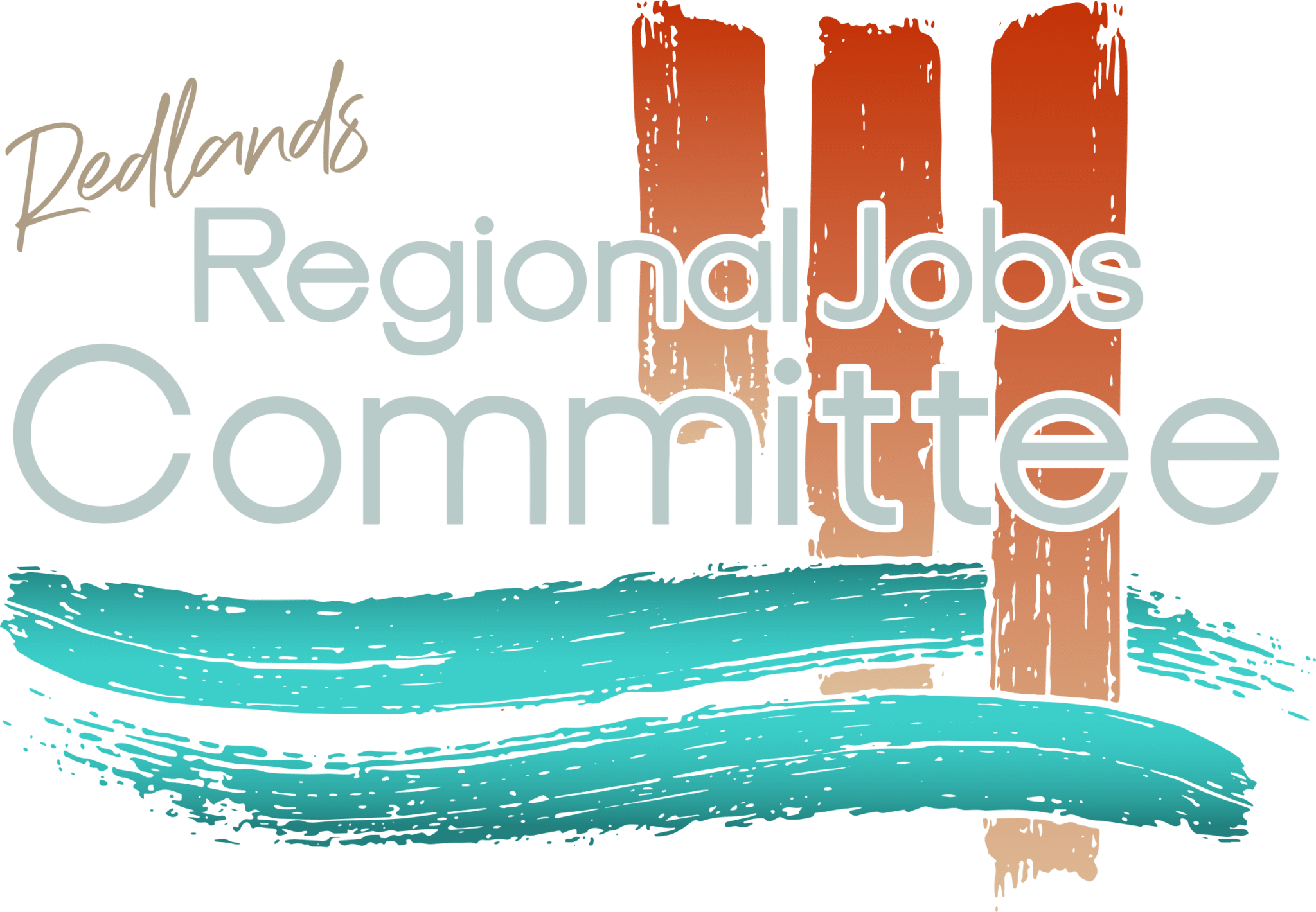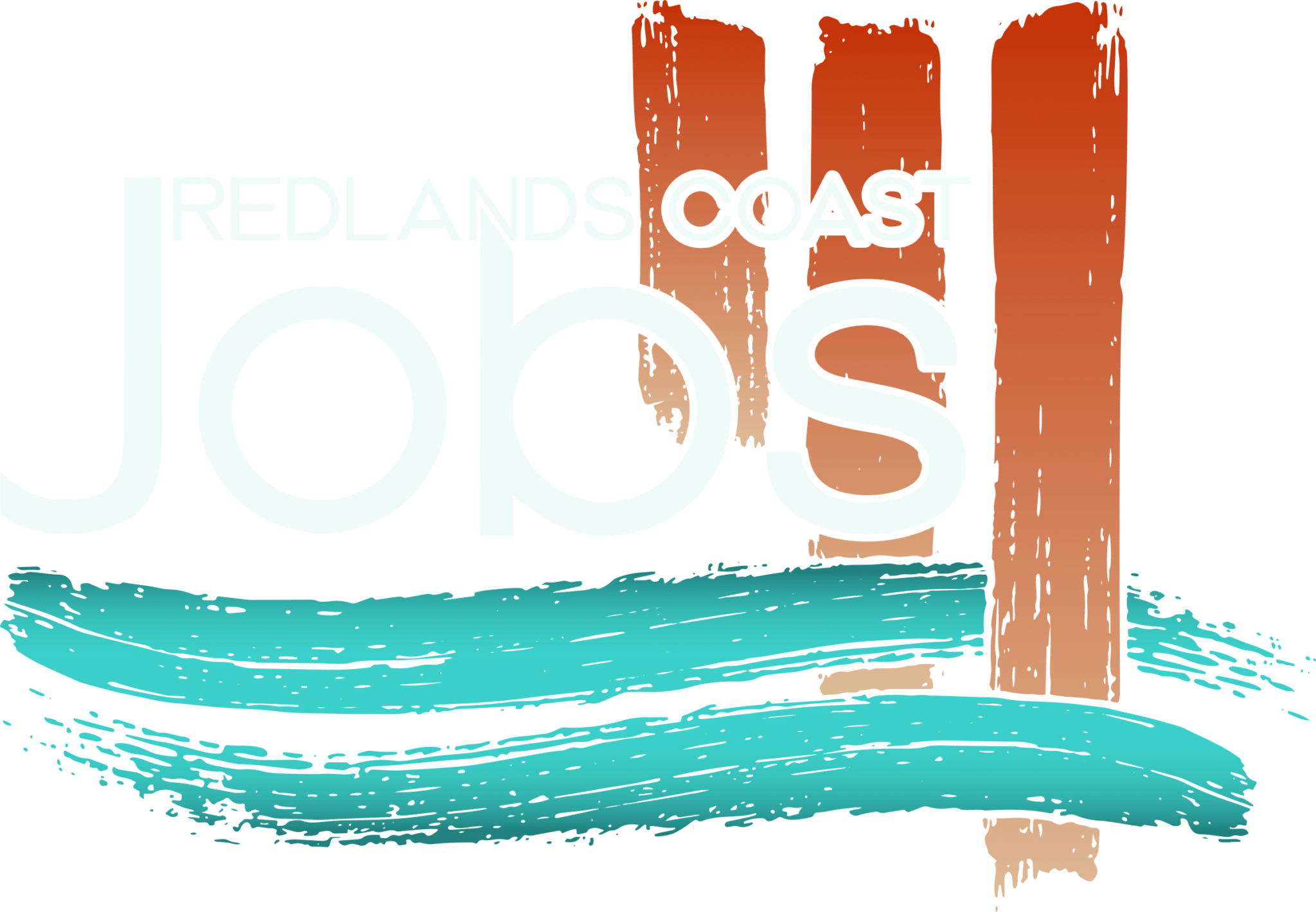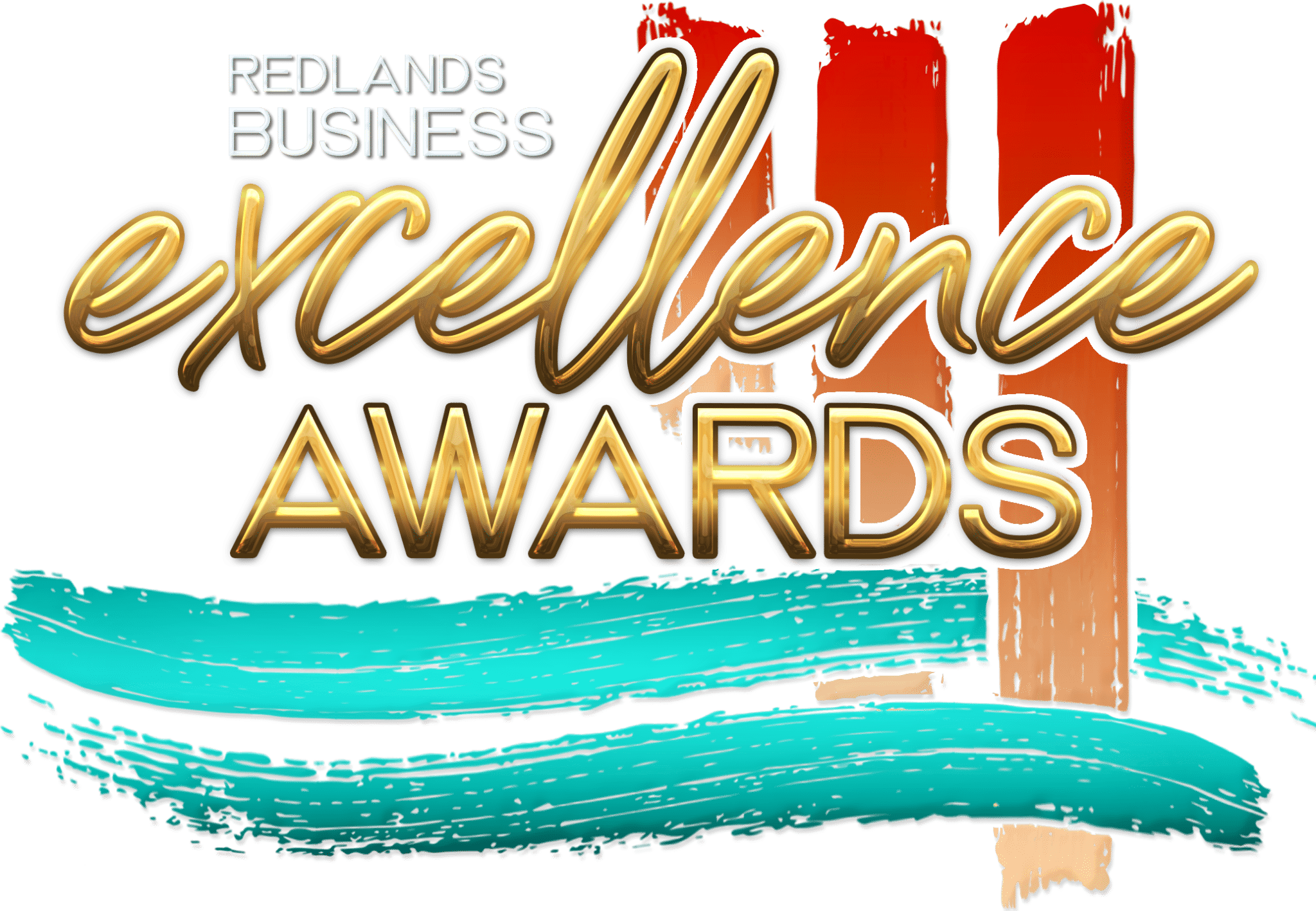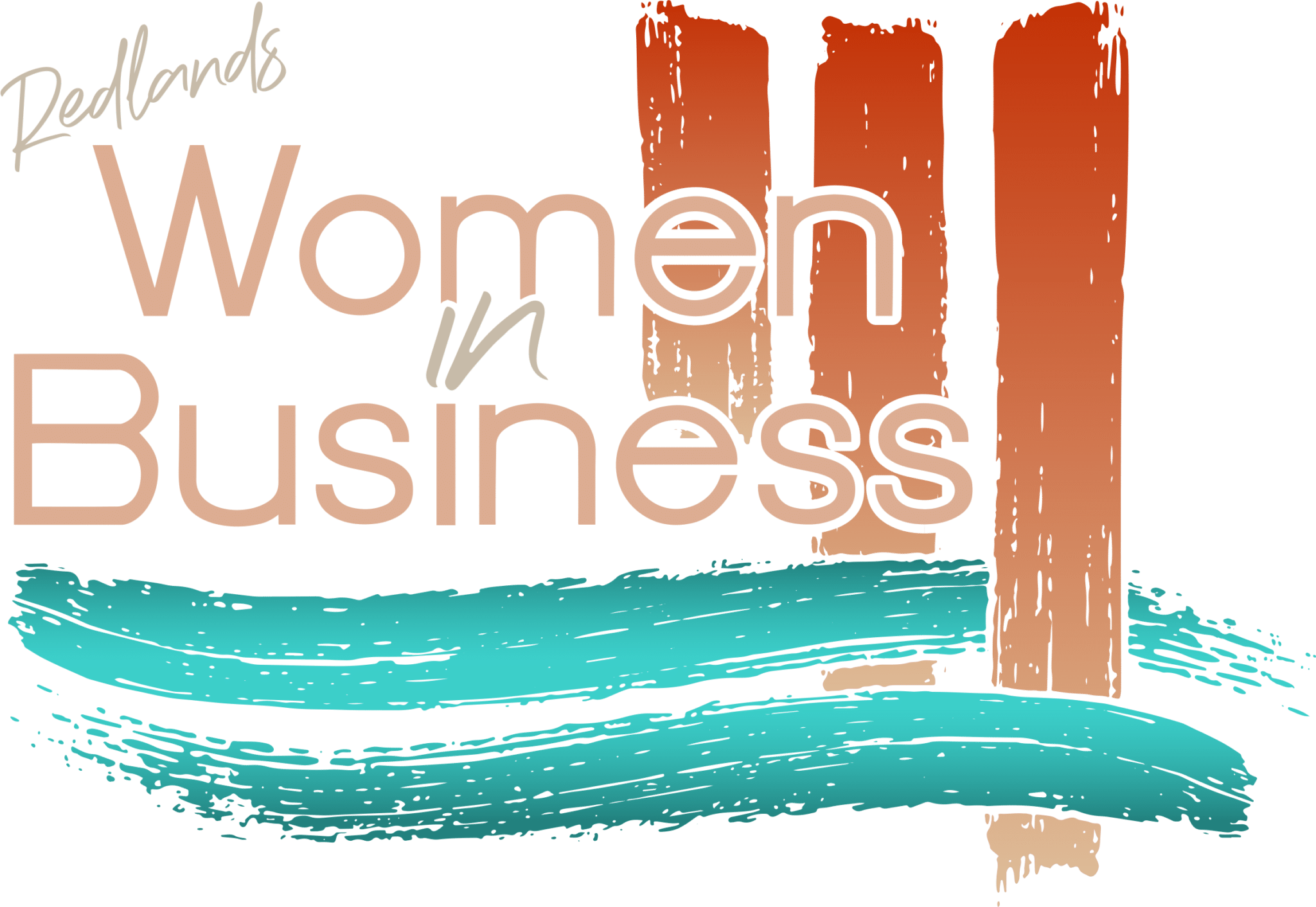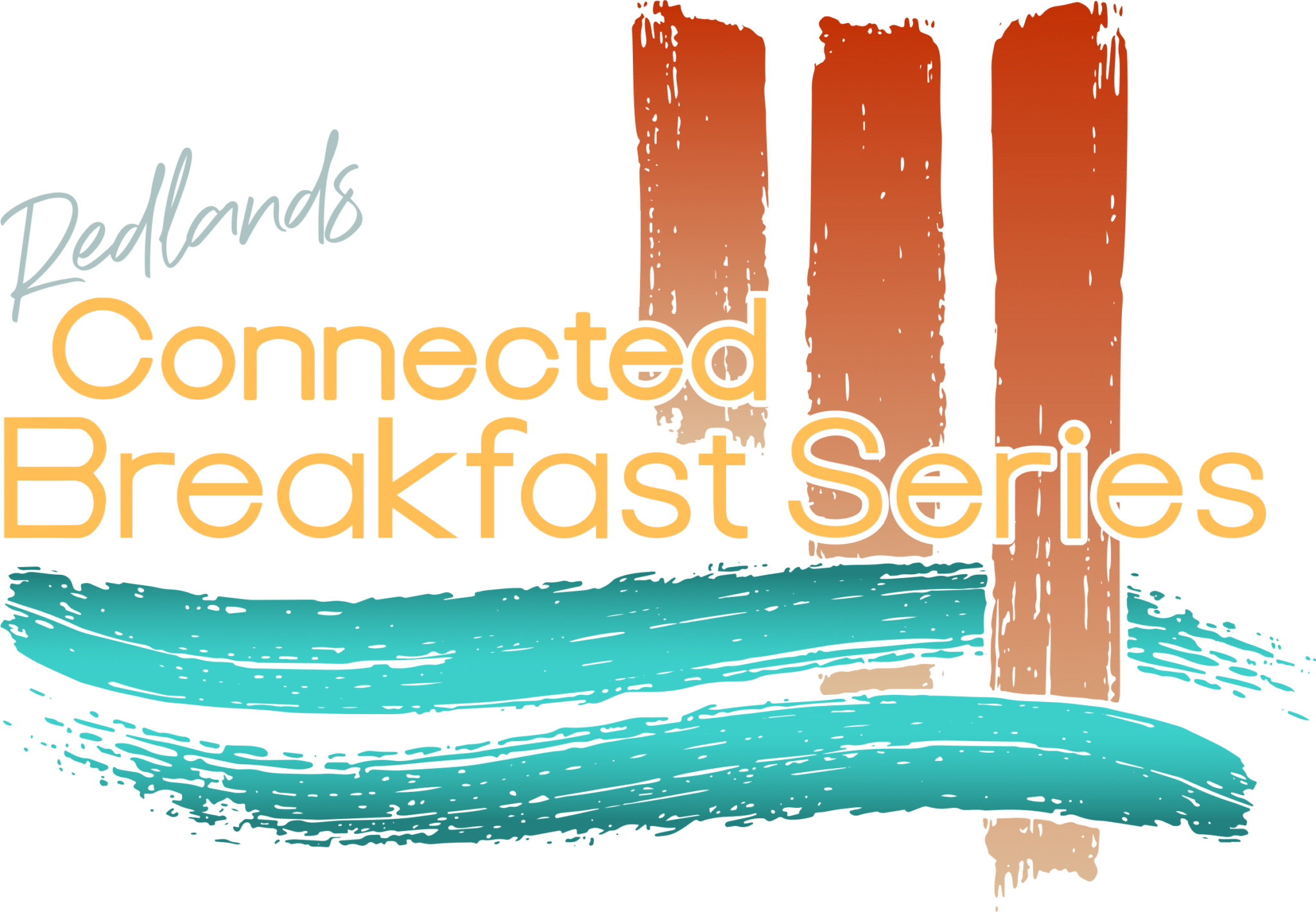The Profit and Loss Statement is probably easier to understand, in that it simply shows the Income at the top, Costs and Overheads below and the difference is your profit or loss. Profit and Loss is reported over a period, usually monthly and for the year to date. The figures are usually based on invoices in and out i.e. not just cash transactions. This means when an invoice is raised it’s accounted for in the Profit and Loss even though payment may not have been received. This is referred to as ‘Accrual Accounting’.
The Balance Sheet lists the balance of what the business ‘owns’ and what it ‘owes’ at a given point in time, usually the end of the month. It’s a bit like a personal financial position e.g. you own your home, motor vehicle and furniture and you owe the mortgage, vehicle loan and credit cards. The difference between what you own and what you owe is your personal equity in your belongings.
Some examples of what a business owns (Assets):
- Cash in the bank — positive bank balance or Cash Deposits
- Amounts owed by customers (Debtors or Accounts Receivables)
- Stock — finished goods and raw materials
- Work in Progress or costs on jobs not yet invoiced
- Assets such as vehicles, equipment, furniture & fittings
- Deposits paid such as rental bonds
Some examples of what a business owes (Liabilities):
- Bank Overdraft — negative bank balance
- Amounts owed to suppliers (Creditors or Accounts Payables)
- Outstanding Lease amounts Liabilities
- Taxes due e.g. GST and PAYG
- Staff Superannuation amounts due
- Unused staff leave
The above lists are not exhaustive but are an example of typical Assets (what you own) and Liabilities (what you owe).
As described in the personal financial situation, the difference between what the business owns and what it owes is referred to as equity.
In the Equity section of the Balance Sheet is also shown the balance of previous and current year profits and losses carried forward. Simply, it’s where the ‘wash up’ of the Profit and Loss Statement sits and how the two reports link together.
The important issue to understand is that if you only look at the Profit and Loss Statement you are seeing half the picture about what is going on in the business.
For more information call Ross Wakelin from CAD Parters on 0432 302 774 or email Ross.


